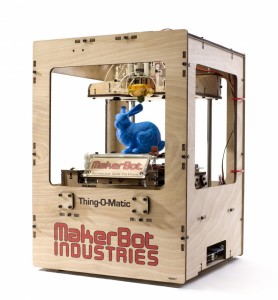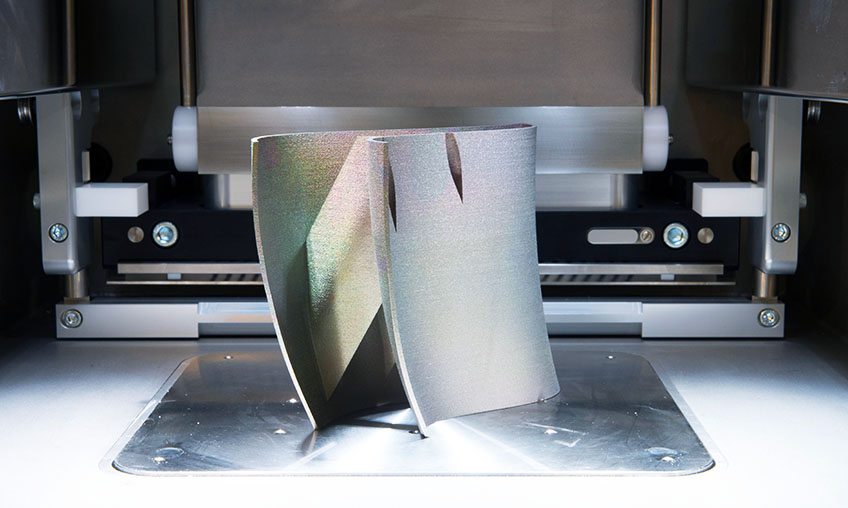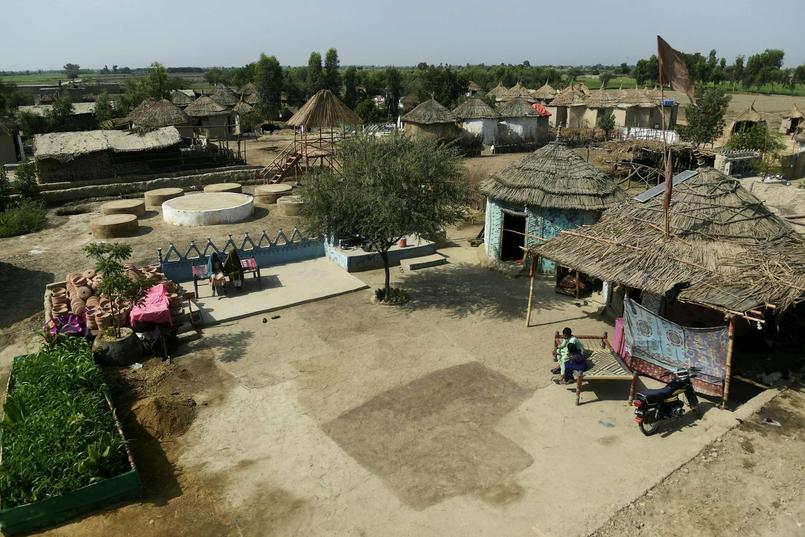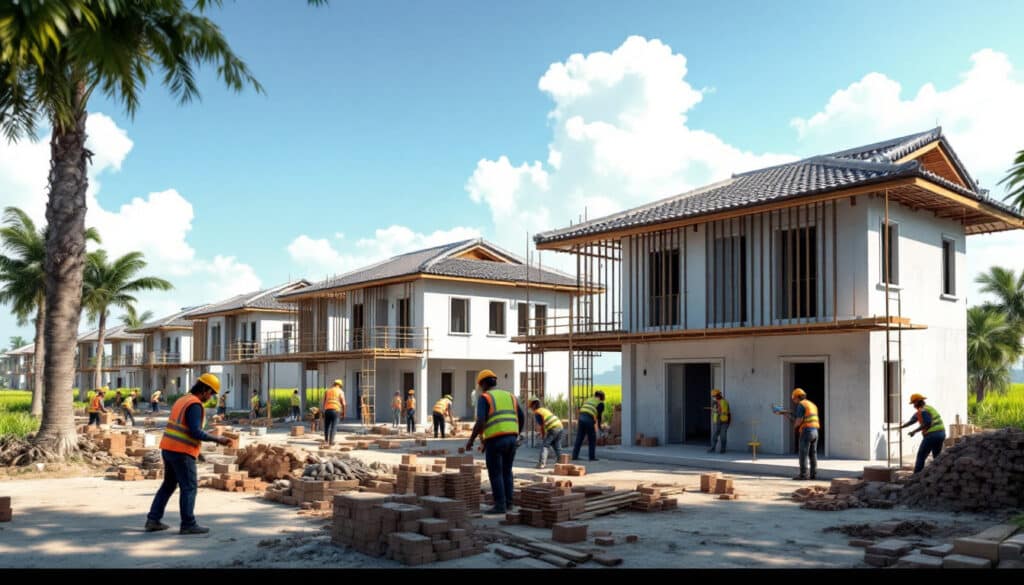At the crossroads of innovation and technology, nanotechnology is emerging as a key player in the evolution of 3D printing of metals. This rapidly expanding field reveals new processes that promise to transform our manufacturing methods. By manipulating matter at the nanometric scale, researchers are paving the way for stronger, lighter and more precise alloys, thus offering new possibilities in various sectors such as aerospace, automobiles and medicine. Discover how these advances are redefining our relationship with materials and opening up unsuspected horizons in metal design and production.
Table of Contents
ToggleA new era for 3D metal printing

There nanotechnology enters the field of 3D printing of metals, triggering a real revolution in additive manufacturing. This advanced technique offers previously unimaginable possibilities, enabling the creation of complex and elaborate metallic structures at the nanoscale.
The benefits of nanotechnology in 3D printing
The integration of the principles of nanotechnology in 3D printing of metals has many advantages. The main benefits include:
- Increased precision: The ability to control the atomic arrangement of materials makes it possible to achieve precision unprecedented.
- Improved properties: Materials created at the nanoscale often display mechanical characteristics superior, such as better strength and durability.
- Waste reduction: By optimizing the manufacturing process, nanotechnology reduces waste, making production more sustainable.
- Creation of complex structures: The ability to manipulate materials at the nanoscale enables the design of structures lighter and more functional.
The secrets of the process
The nanotechnology-based 3D printing process relies on several key steps that make it a unique technology. Here are the main elements of the process:
- Preparation of materials: Use of metal powders at the nanoscale for better distribution.
- Thermal control: Application of sophisticated heating techniques to reduce defects.
- Advanced deposition technologies: Using methods such as induced laser or electrochemical for precise material deposition.
- In situ control: Constant monitoring of manufacturing conditions to optimize final quality.
Varied applications of this technology
Advances in metal 3D printing thanks to nanotechnology are already visible in various fields:
- Aerospace: Lightweight, high-performance components.
- Automotive: Customized, performance-optimized parts.
- Biomedical engineering: Custom-made prostheses and implants.
- Electronic: Miniaturized and efficient devices.
A promising future outlook
With continued advances in the field of nanotechnology, the future of 3D metal printing looks bright. Innovations promise to further transform manufacturing processes, making the creation of metal parts more efficient and precise.
List of impacts of the integration of nanotechnology in 3D printing of metals
| Impact | Details |
| Performance increase | Better resistance and durability of parts. |
| Cost reduction | Less waste in the manufacturing process. |
| Design flexibility | Ability to create complex, custom shapes. |
| Various applications | Diverse uses including aerospace and biomedicine. |

Dans un nouveau exploit pour notre Royaume, la Dr. Najla Al-Raddadi, professeur de nanotechnologie des matériaux inorganiques, figure sur la liste des scientifiques (2%) les plus distingués et les plus influents au monde, selon le classement des scientifiques de l'Université de… pic.twitter.com/tmFH9SW7dJ
— Saudi News FR (@SaudiNewsFR) October 5, 2023
















